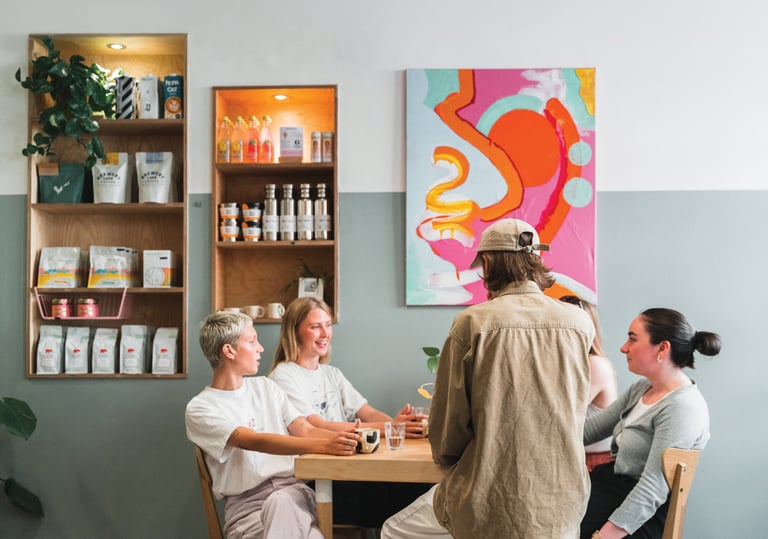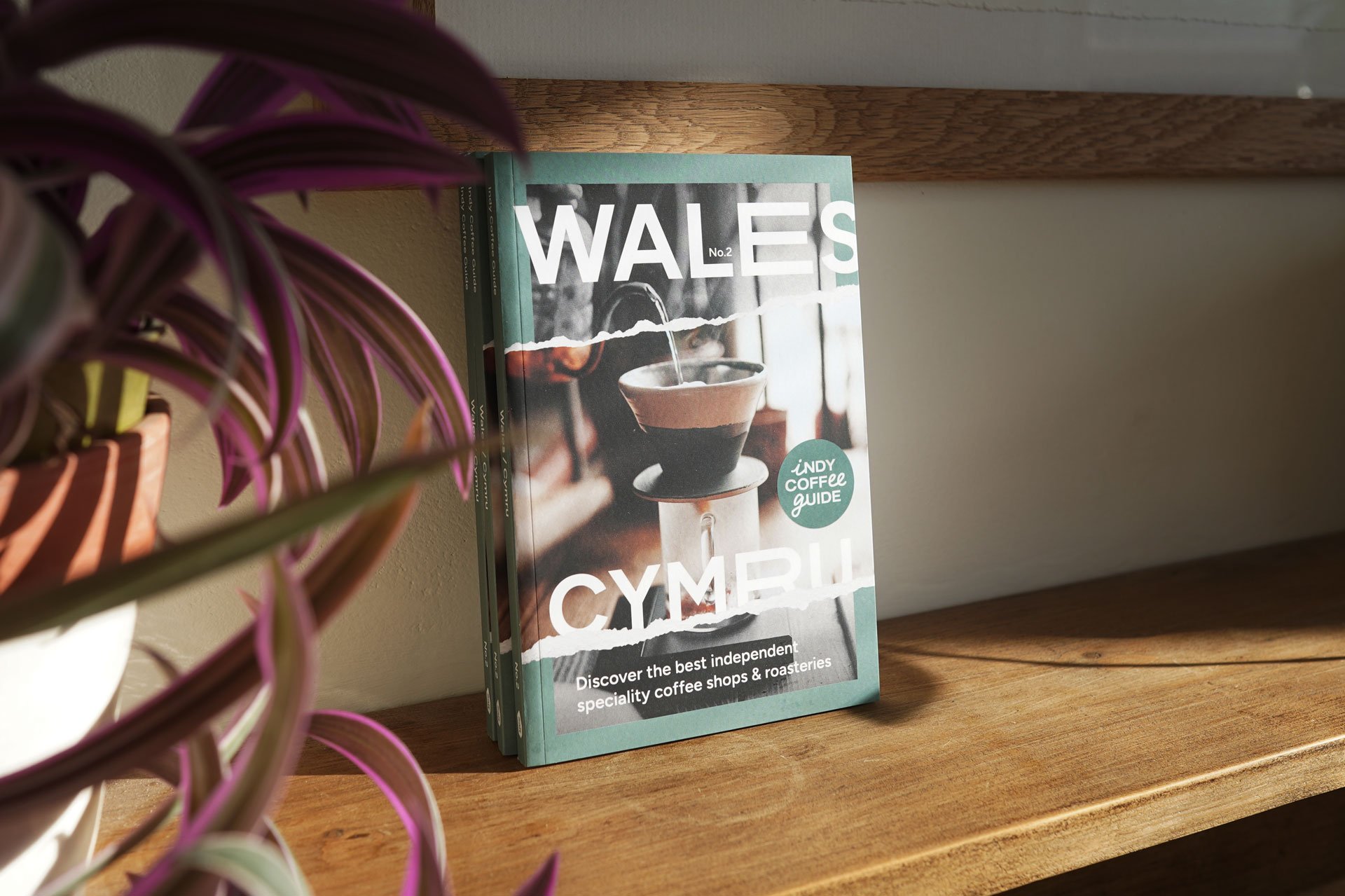Percolating the past
From eighteenth century gents debating the day's issues to the cool coffee culture of the sixties, Catherine Jones brews up a shot of northern coffee history
From eighteenth century gents debating the day’s issues to the cool coffee culture of the sixties, Catherine Jones brews up a shot of northern coffee history
Is there a more perfect place to sit and discuss the origins of drinking coffee than tucked in a corner of a modern day coffee shop? After all, intellectual conversation mixed with rousing debate has always been the trademark of a good coffee house.
Oxford lays claim to opening England’s first coffee shop in 1650 and as coffee shops spread around the country, they became places where gentlemen would meet to talk about the politics of the day. The coffee house was also where newspapers first started circulating and they’ve long been frequented by artistic types, so little has changed in some ways.
Seafaring and trading links brought coffee into ports such as Liverpool, and was an integral part of the slave trade. Liverpool was a hugely important trading city and ships left its port to carry goods to West Africa, which were then sold for African slaves who were taken across the Atlantic. The ships then returned to Liverpool laden with sugar, tea, cocoa, cotton, tobacco and, of course, coffee. There were some slaves in Liverpool too, and a document exists that records the sale of 11 Africans at the city’s Exchange Coffee House in 1766.
In Victorian times, coffee houses were often linked to the temperance movement, created to try and keep workers away from pubs and the evils of alcohol. Jamie Boland at Ancoats Coffee Company in Manchester’s former industrial area says he’s found reference to a nearby coffee-tavern run by the Methodist church alongside a men’s workhouse and women’s night shelter.
An era when northern souls can take credit for inspiring a unique coffee culture is the Fifties and Sixties with the rise of the music scene and its associated coffee bars. Any hip young thing would want to be seen hanging out at the Cona Coffee Bar in Manchester’s Tib Lane. Comments on a Manchester community website recall fond memories of a ‘twin Cona’ percolator and ‘American style coffee made in goldfish bowl-type coffee jugs’.
The Kardomah cafe chain was also popular right up until the 1960s. It began in Liverpool in 1844 and the city’s branch became famous when it was used by The Beatles who played in the nearby Cavern Club. The Derby branch on the junction of Cornmarket and St James’ Street was remembered by a person commenting on the thisisderbyshire website for its oak panelled walls and art deco motifs and also as a place where journalists from The Derby Telegraph hung out, continuing the original association of coffee shops with newspapers. The coffee bar was upstairs and you could buy fresh coffee ‘which was weighed and put it into little linen sacks’. They also recalled the ‘rather exotic decoration’.
From 18th century gentlemen meeting to talk about the issues of the day, and the first teenagers eager to be part of a thriving music scene, to modern coffee shops’ role as a ‘third place’ in our lives, a northern sense of community runs through its whole history. The style of coffee that we drink now may have changed, but our relationship with it remains as important as ever.












